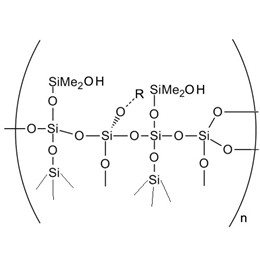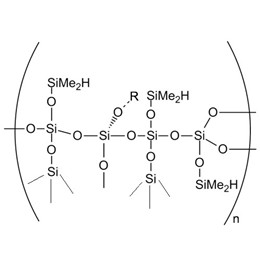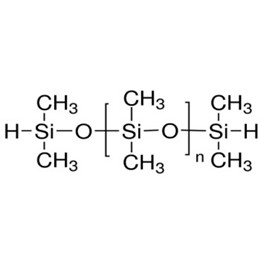There are those differences between liquid silicone rubber (LSR) and solid silicone rubber which are the same silicone. Today I will take you through the differences between the two silicones. Let's first understand the characteristics of liquid silicone (LSR) and solid silicone.
Liquid silicone rubber is a kind of high-temperature vulcanized silicone rubber. Compared with solid rubber, it is a liquid glue with good fluidity and rapid vulcanization. It is safer than solid silicone rubber and even other rubber materials, so it can fully meet the food grade requirements.
Solid silicone rubber is a cellular polymer elastic material, which has the characteristics of high-temperature resistance, cold resistance, solvent resistance, hysteresis resistance, viscosity resistance, electrical insulation, chemical industry and so on.
The following will analyze their specific differences from five aspects and some applications of LSR materials:
- Five differences between liquid silicone rubber and solid silicone rubber
- LSR vs HCR
- Medical-grade LSR
Five differences: Liquid silicone rubber VS solid silicone rubber
1. Shape
As the name implies, liquid silicone rubber is in a liquid state and has fluidity.
Solid silicone rubber is solid and has no fluidity.
2. Safety
Liquid silicone rubbers can be food-grade materials with high transparency and high safety. No auxiliary materials such as vulcanizing agents are added during the mold-making process, and it is sealed and molded.
Solid silicone is a transparent and environmentally friendly material. Vulcanization is required to speed up the vulcanization molding time and to form open molds.
3. Molding method
Liquid silicone is liquid injection molding: the full name is liquid silicone rubber injection molding and the vulcanizing equipment is a liquid injection molding machine.
The injection molding process is very simple (no manual process, such as batching, rubber mixing, cutting, arrangement in the high-temperature glue process, only one worker can bring the product), high product accuracy (all manual procedures before molding) all replaced by the machine), high output (A/B rubber mixed at a certain temperature for a few seconds), save manpower, save electricity, save materials and many other advantages, can produce full high-temperature rubber production products.
Solid silicone rubber molded parts are a solid piece of material. After kneading with a mixer, a cutter cuts the product and molds it to the proper size and thickness, then places it into a mold and molds it at a certain temperature under a pressure molding machine. When demolded similar to plastic products, the mold also needs to be cleaned.
4. How to distinguish
Liquid silicone rubber products have high transparency, no odor, and the products have a glue injection port.
Solid silicone products have low transparency, vulcanizing agent or other fragrances that mask the vulcanizing agent.
5. Fields of use
LSR material is usually used for baby products and kitchen supplies and medical supplies that come into direct contact with food and the human body.
Solid silicone is usually used for daily necessities and industrial miscellaneous items as well as automotive parts.
|
Liquid Silicone Rubber |
Solid Silicone Rubber |
LSR VS HCR
| Liquid Silicone Rubber (LSR) is a two-component system, where long polysiloxane chains are reinforced with specially treated silica. Component A contains a platinum catalyst and Component B contains methyl hydrogen siloxane as a cross-linker and an alcohol inhibitor. | 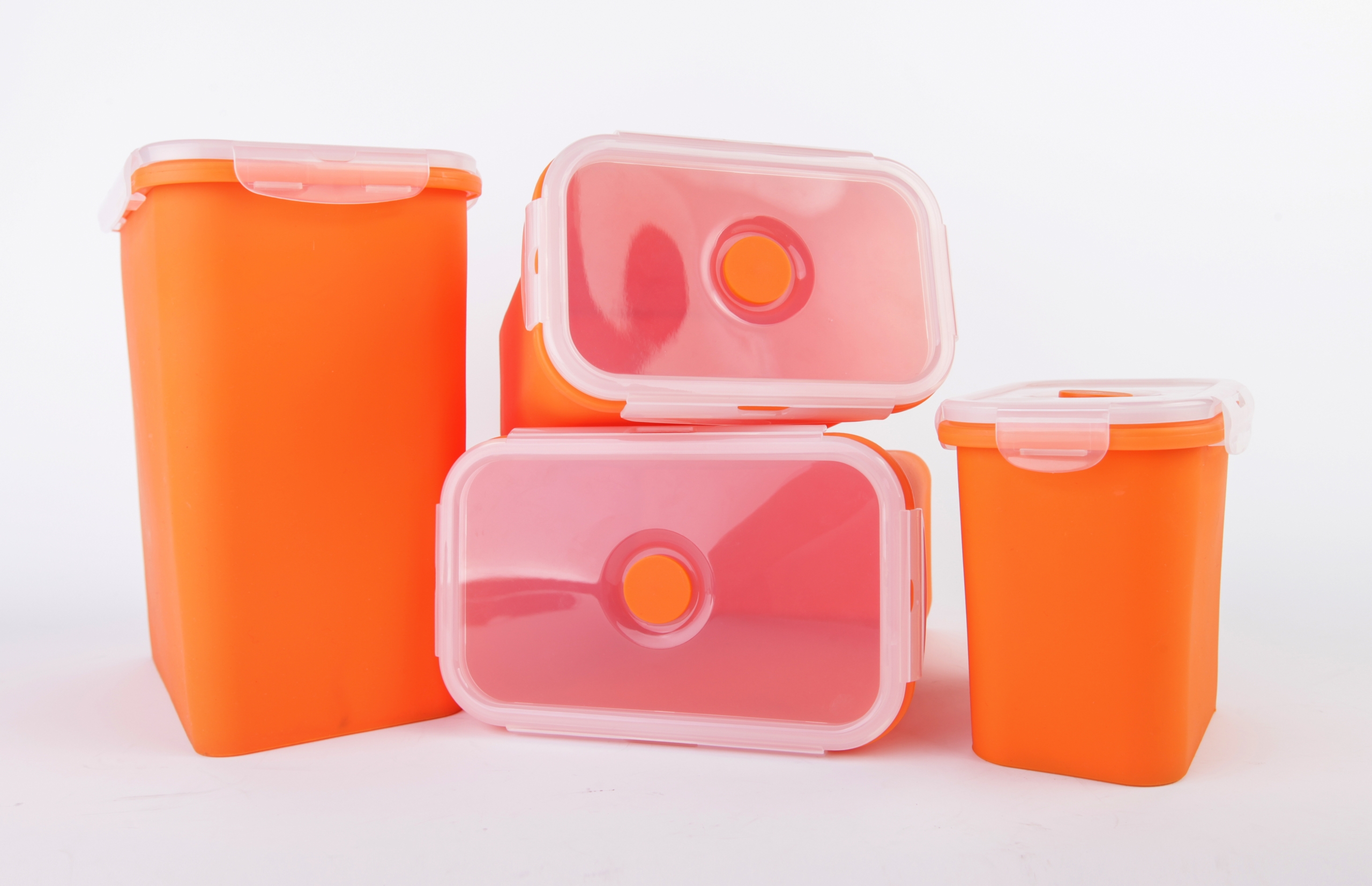 |
The primary differentiator between liquid silicones and high consistency rubber (HCR) is the “flowable” or “liquid” nature of LSR materials. While HCR can use either peroxide or a platinum curing process, LSR uses only additive addition cure with platinum. Due to the thermosetting nature of the material, injection liquid silicone rubber molding requires special treatment, such as intensive distributive mixing, while maintaining the material at a low temperature before it is pushed into the heated cavity and vulcanized.
Benefits of LSR VS HCR
- FDA biocompatibility
- Resistance to chemical and bacteria
- Excellent transparency, which allows light transmittance and illumination
- Gas permeability
- Clarity
- High elongation
- Superior dielectric strength
- Superior tensile strength, elongation, tear strength and compression at temperature extremes
- Ability to function in extreme temperatures
- Low compression set at wide temperature ranges
- Compared to high-consistency rubber (HCR) and other elastomers, LSR makes a better material choice for manufacturing high-precision medical components and devices with detailed geometries that require high accuracy.
MEDICAL-GRADE LSR
One of the primary reasons silicone has developed into key material suitable for medical device applications has to do with the biocompatibility of the material and the ability to use it in a broad array of life-saving medical devices such as pacemakers and hydrocephalic shunts.



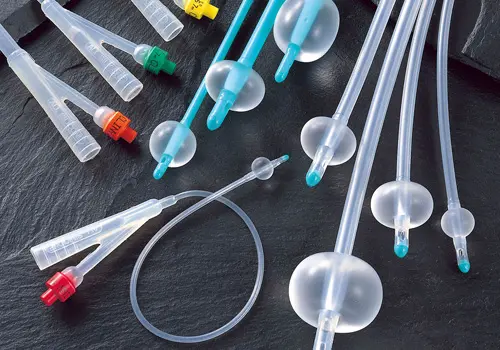
Innovations in material science have made non-implantable materials more commonly available in a variety of durometers. This makes it possible to fabricate medical devices of varying hardness levels.
Advantages
Medical silicone rubber must undergo specific safety testing evaluation. Non-implantable grade liquid silicone rubber for mold-making can come into contact with the skin, but not the inside of the body. Medical-grade liquid silicone rubber approved for medical applications where it will come into contact with the skin has tremendous stability and is water repellent, which prohibits cured material from being affected by contact with skin, and the water-repellant characteristics prevent the material from sticking to wounds.
Moreover, the hygienic quality of LSR helps it to resist the growth of bacteria and fungi. LSR has the inherent qualities of flexibility and softness, and its non-allergenic makes material does not affect the skin, both ensure the patient’s comfort.
LSR can not only tolerate heat, but it also remains extremely elastic at very low temperatures. The flexibility of the material depends upon the nature of the compound, but it is typically very high. For example, some LSR materials have an elongation break of 1000 percent.
LSR also has a low compression set or low permanent deformation upon the application or removal of the force. LSR also withstands ultraviolet radiation well. The stability of the cured part prolongs the product’s shelf life.
Many designers compare LSR to thermoplastic elastomers (TPS), LSR has developed a reputation as “TPE on steroids.” Although LSR costs more than other resins and has a longer cycle time for the molding process compared to other thermoplastics, LSR allows you to combine multiple molded parts to fill customer specifications and reduce the cost of production runs. Therefore, the overall capabilities of LSR make it a smart choice for many medical device applications.

